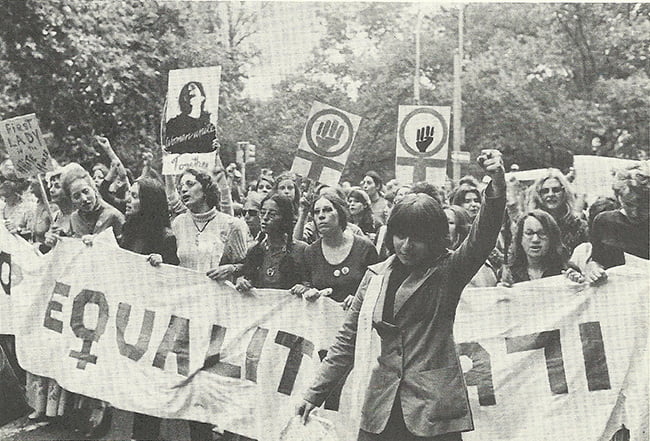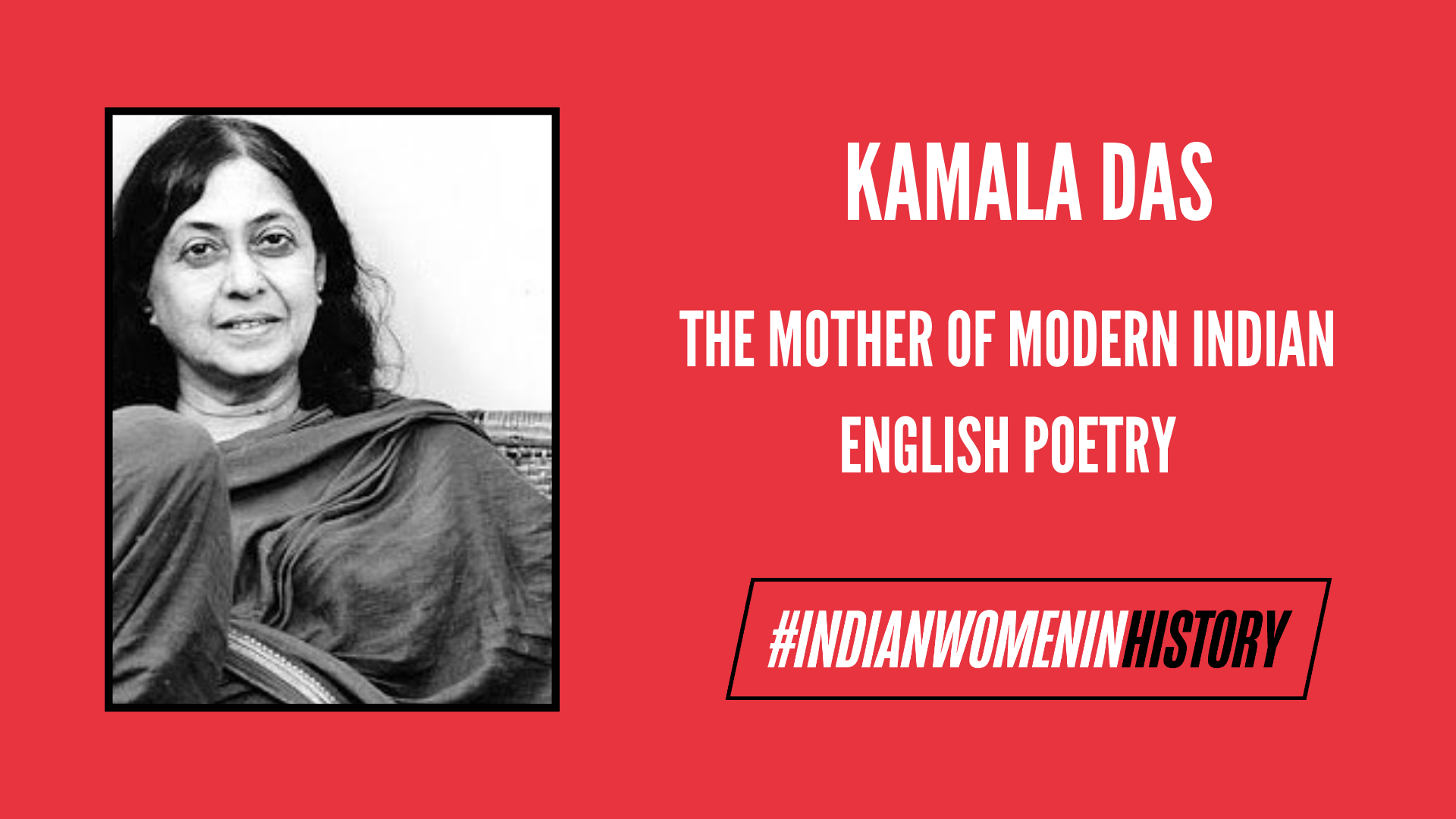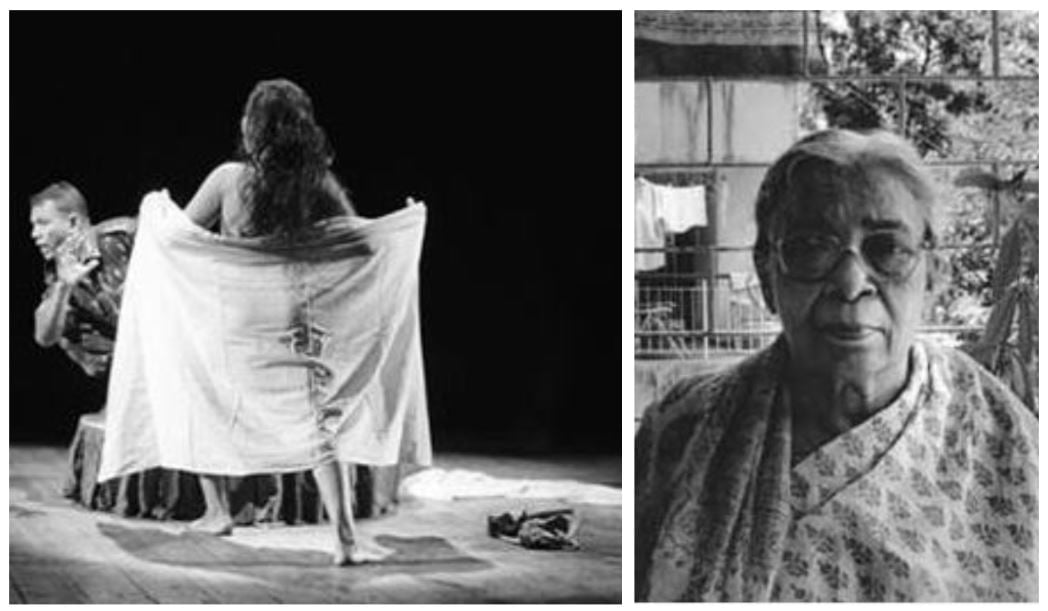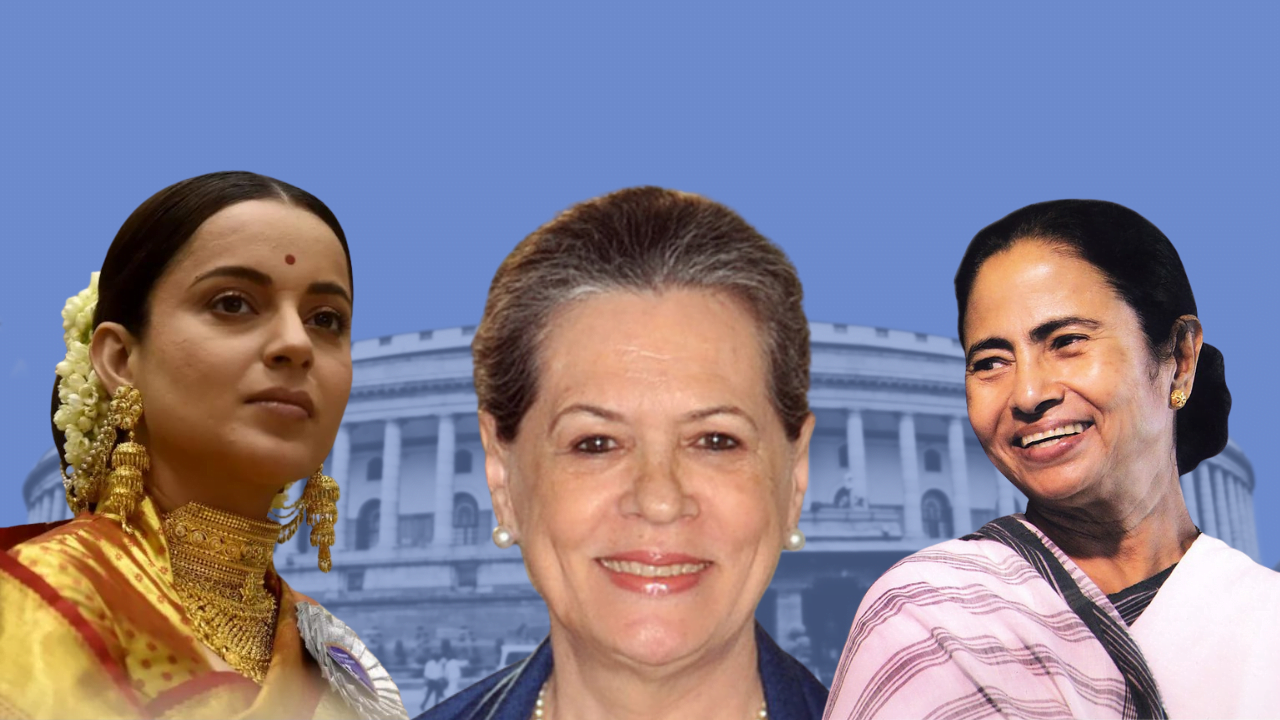By Sumera B. Reshi
Sheikh Mohammed bin Rashid Al Maktoum, the ruler of Emirate of Dubai and Prime Minister of UAE once remarked, “A place without women is a place without spirit.” True to his credo, the Sheikh ensured that UAE could boast impressive indicators in gender equity along with a booming economy. According to the 2005 census, women account for 49.3 percent of the national population and they remain at the forefront of the workforce in the UAE.
UAE boasts of an impressive female literacy rate. 91 percent of Emirati women are literate with a significant number of women in secondary & tertiary education. Emirati women constitute 66 percent of the public sector workforce. 30 percent of the female workforce occupies senior positions. They have also taken a remarkable lead in politics. 22.5 percent of UAE’s parliament members are women. However, Emirati women constitute an abysmal minority in the private sector labour force. Only eight percent of Emirati female population are employed in private companies in UAE.
Emirati women have performed a strategic role in nation building process by their active participation. In education, they have performed par excellence. Emirati women constitute 76.8 percent of students enrolled in UAE universities, far surpassing the educational levels of men in the region, but education levels haven’t translated fully into a commensurate rise to positions of power and influence.
As per the Global Gender Gap Report 2015, the UAE ranks third in the Middle East and North Africa (MENA) region for gender balance.
The authorities in the UAE have placed a strong emphasis on women’s empowerment. In February 2015, Shaikh Mohammad Bin Rashid Al Maktoum, announced the formation of Gender Balance Council in order to make women equal partners in nation building. The council recently formulated its vision and adopted the UAE gender balance program, which aims to make the UAE one of the top 25 ranked nations globally in the gender inequality index devised by the UN Development Program.
UAE and the Global Gender Gap Index
In the UAE, women enjoy the same constitutional rights as men. As per the Global Gender Gap Report 2015, the UAE ranks third in the Middle East and North Africa (MENA) region for gender balance. It scores above the regional average across all sub-indexes except ‘Health and Survival’, with 96 percent of the gender gap closed. It ranks first in the region on literacy rate and third on wage equality for similar work.
After the 2015 elections of Federal National Council, 20 new members were appointed out of which 8 were women. That year, the FNC got its first woman speaker – Dr Amal Abdullah Al Qubaisi. This was the first time that a woman came to occupy a position not only in the UAE but also in the whole Gulf Cooperation Council. The current UAE Cabinet comprises 29 ministers of which 8 are women.
Also read: It’s 2018. Where Are The Women In Policymaking?
The Global Gender Gap 2014 report compiled by the World Economic Forum gave the UAE a score of 0.64 – where 0 is total inequality and 1 is total equality.
The report says the UAE had improved its overall performance, but fell slightly on its global ranking, from 109th of 142 nations last year to 115th. For Gulf countries, it was second only to Kuwait, in 113th place. “The country is below average in the economic participation and opportunity and political empowerment sub-indexes, but above average on the educational attainment and health and survival sub-indexes,” the report said.
Education was one of the areas in which the UAE scored highly, ranking 83rd.
Across the world, the gap between men and women now stands at 60 percent, having closed by 4 percent from 56 percent in 2006, when the first Global Gender Gap report was completed. No country in the world has fully closed the gender gap but Norway, Sweden, Finland, Denmark and Iceland have closed it to more than 80 percent. This is the area where UAE needs to improve.
Women Empowerment
The UAE aims to be among the top 25 nations worldwide excelling in the field of women’s empowerment. Women in the UAE participate actively in the private sector in various roles including that of entrepreneurs and managers. According to another report published in November 2015 in WAM, there are 21,000 women employers in the UAE.
Women business owners make up 10 percent of the total private sector in the UAE. They run projects worth more than AED 40 billion and constitute 15 percent of the members of the boards of directors of the Chambers of Commerce and Industry.
The participation of women in the UAE Cabinet is amongst the highest in the world, reflecting the strong mobility attained by Emirati women. However, in the field of higher education, women in leadership roles remain a minority. Despite high female literacy rate, the UAE has a major disparity in the number of women in leadership roles within higher education. Although there are many school head teachers that is not the case in colleges and universities. At the American University in Dubai (AUD), five of six deans are male.
At Zayed University the ratio is better, only five of eight are male and at UAE University though they have eight Emirati deans out of 13, none is female. At the American University of Sharjah, all four deans are male, though two of its five vice-chancellors are women, one of whom is Emirati. There is not a single female chancellor, president or provost/dean at any institution in the UAE.
one of the reasons for this discrepancy of women participation in leadership roles is due to stereotypes associated with gender and leadership.
Emirati women are a valuable human capital resource in the UAE – but significantly underutilised. “I think the government should implement more gender sensitive labour policies to rectify the imbalance,” said Dua, a school teacher.
“Increasing women’s participation will not only depend on their motivation, but society also has to accept new roles for women and remove existing barriers to economic integration,” said Rasha, an HR personal.
A heartening trend is that females outclass males in the schools and the ratio of women in third level education is 85 percent in the UAE, nevertheless, their underrepresentation in the private sector remains a cause of concern.
The relative lack of women’s participation in the private sector can be explained by a culture of patriarchy, which expects working women to take care of household issues. “I have a Masters in Genetic Engineering. My family wants me to work in the public sector. Government jobs have shorter and less hectic work hours compared to private jobs. Government jobs also offer daycare facilities to women employees. Employers in the public sector also offer more holidays as compared to the private sector. With a government job, I can get home early and take care of my family.”
Notwithstanding, governments initiatives to support women participation in the workforce, there are cultural factors which have hindered women’s participation in the workforce and in decision-making. Jobs in the private sector which often demand geographical mobility or personal service occupations are considered inappropriate for women. Also, women in the UAE are highly educated but lack active know-hows and skills required to be successful in the private sector.
“I am ambitious and I don’t want to waste my education at all. My aim is to earn a living for myself but my in-laws object to my dreams, so I have to kill my aspirations and stay at home”, said one the Emirati women on conditions of anonymity.
Additionally, one of the reasons for this discrepancy of women participation in leadership roles is due to stereotypes associated with gender and leadership and such stereotypes are quite prevalent in patriarchal societies like the UAE. And as a result of negative stereotypes held by the people, personal and organisational barriers exist, which prevents women from advancing in their particular fields. Not surprisingly only two percent women figure in the boards of publicly listed companies compared to a global averagearencho_sn6351-600x357.jpg" class="attachment-full size-full wp-post-image" alt="Featured Image" decoding="async" data-srcset="https://feminisminindia.com/wp-content/uploads/2018/04/130614_5e69z_rci-statusquo-karencho_sn6351-600x357.jpg 600w, https://feminisminindia.com/wp-content/uploads/2018/04/130614_5e69z_rci-statusquo-karencho_sn6351-600x357-300x179.jpg 300w" data-sizes="(max-width: 600px) 100vw, 600px" /> 









